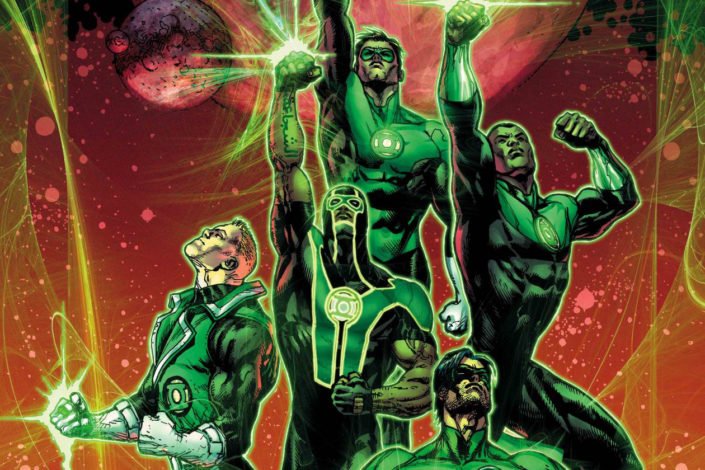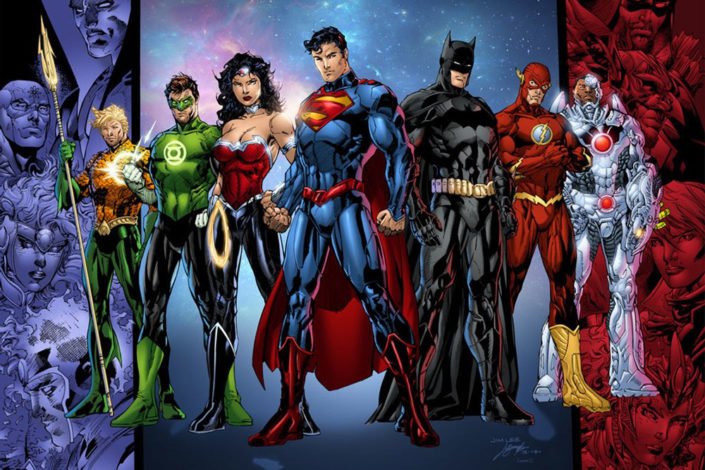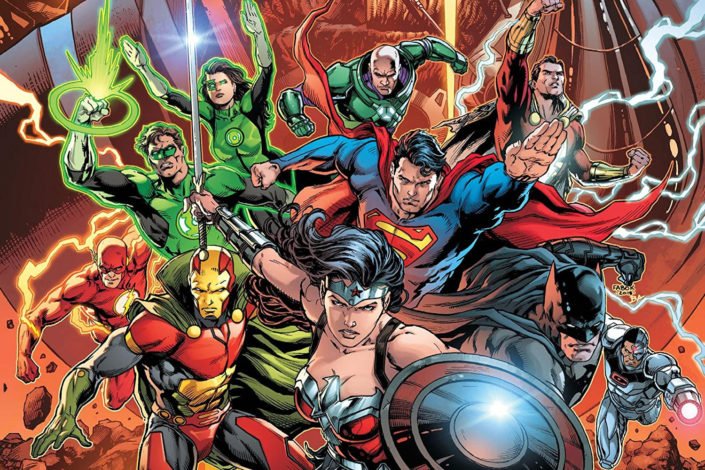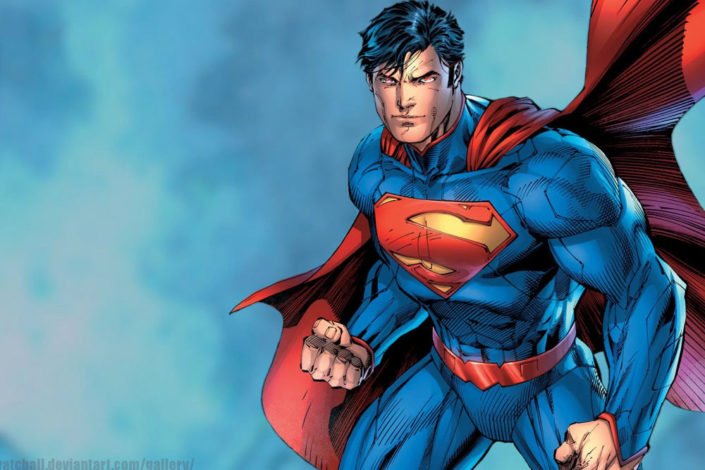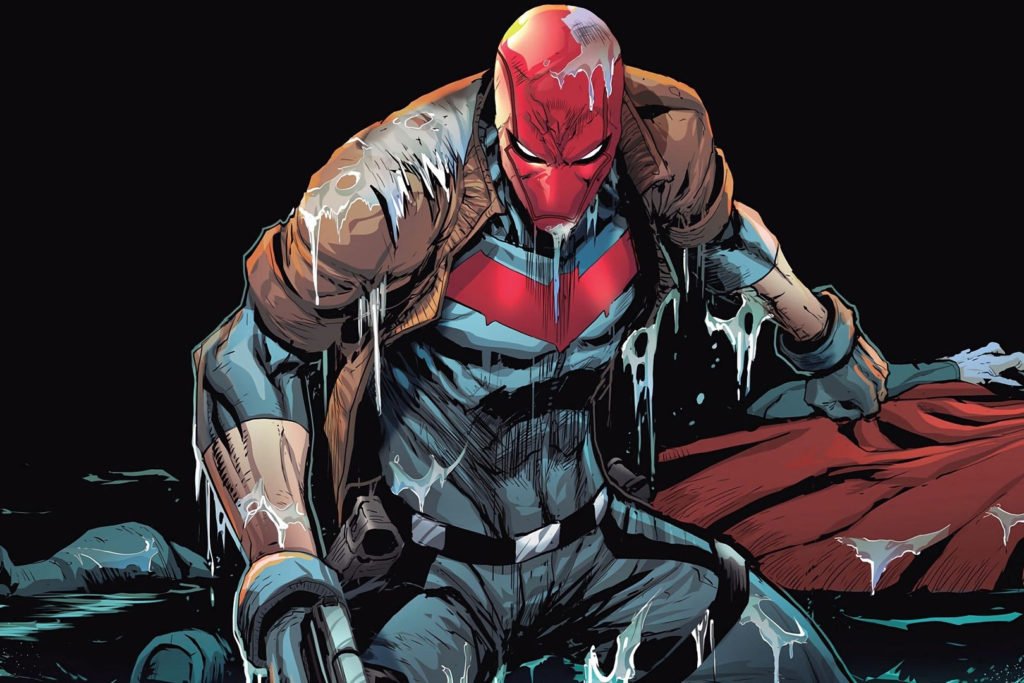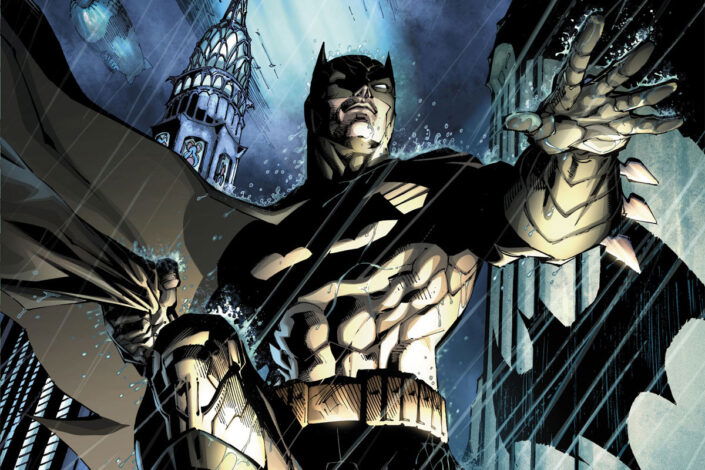Earth 2 New 52 Reading Order
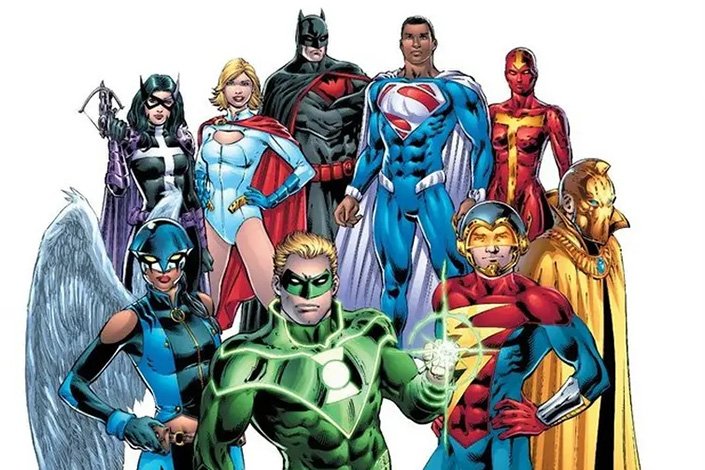
Earth-Two (or Earth 2) is famously known as the home of DC Golden Age heroes, including the Justice Society of America. The setting was, after all, introduced in The Flash #123 (1961) to explain the differences between the Golden Age and the Silver Age versions of the characters.
When Crisis on Infinite Earths happened, Earth-Two was merged with other planets into one, and thus was the end of the Multiverse… for a time. The Multiverse was indeed reborn following the events of Infinite Crisis, although Earth-Two was not the same world.
It was the first time, but not the last time that the setting of Earth-Two was revised. The DC Universe was rebooted following another event, Flashpoint. The series changed the DC Status quo and lead us into New 52 and a new Earth-Two, now called Earth 2.
Earth 2’s history was different with an added tragic backstory. This was the home of a group of superheroes named the Eight Wonders of the World, led by Superman, Batman, and Wonder Woman. They have defeated grave threats from Apokolips, but not at a grave price.
Left in their stead is a group of young, untrained heroes who pick up the pieces in the dusty aftermath. The Flash, Green Lantern, Hawkgirl and the Atom are humanity’s nascent guardians, but not the ones we’ve all known and revered. These are different heroes, in a strange and foreign world with dangerous new villains.
Dive into Earth 2’s history during New 52 with the following reading order!
